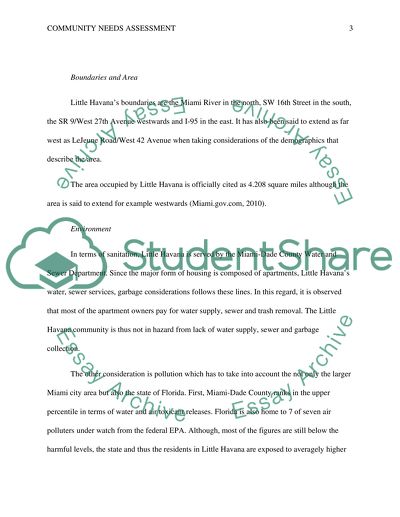Cite this document
(“Community Needs Assessment for the Population of Little Havana Essay”, n.d.)
Retrieved de https://studentshare.org/nursing/1392785-community-needs-assessment-for-the-population-of
Retrieved de https://studentshare.org/nursing/1392785-community-needs-assessment-for-the-population-of
(Community Needs Assessment for the Population of Little Havana Essay)
https://studentshare.org/nursing/1392785-community-needs-assessment-for-the-population-of.
https://studentshare.org/nursing/1392785-community-needs-assessment-for-the-population-of.
“Community Needs Assessment for the Population of Little Havana Essay”, n.d. https://studentshare.org/nursing/1392785-community-needs-assessment-for-the-population-of.


